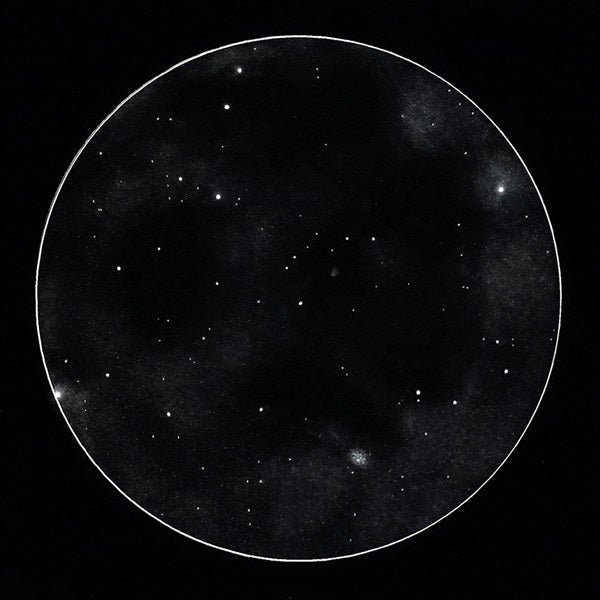The summer sky is for the birds — literally. There is Cygnus the Swan, Aquila the Eagle, the Eagle Nebula, and even a flock of wild ducks within the small constellation Scutum the Shield.
The Wild Duck Cluster (M11) was discovered in 1681 by German astronomer Gottfried Kirch, who described it as “a small, obscure spot with a star shining through.” It wasn’t until 1733, however, that English Clergyman, philosopher, and scientist William Derham resolved Kirch’s obscure spot into countless stars.
M11 is some 6,100 light-years away and covers a region some 23 light-years across. That places it in the Sagittarius arm of the Milky Way, along with such deep-sky treasures as the Eagle Nebula and the Omega Nebula. Discovering M11 for yourself is most easily done by first locating Aquila the Eagle’s diamond-shaped body and then its tail-feather stars, Lambda (λ) and 12 Aquilae. These team up with Eta (η) Scuti to form a three-star arc that curves right toward M11.
The Wild Duck Cluster takes its nickname from the V-shaped pattern formed by its brighter stars. Describing the appearance in his 1844 classic book A Cycle of Celestial Objects, Admiral William Smyth wrote that the cluster “somewhat resembles a flight of wild ducks in shape.” Although this analogy might be true through smaller telescopes, it’s lost through scopes much larger than 6 inches in aperture.
M11 is one of the richest and most compact open clusters found anywhere in the sky. By some counts, it contains more than 2,900 stars. While most stars in M11 shine at magnitude 10 and below, the single star that Kirch noted shines at 8th magnitude. This star is a hot blue main sequence star — as are many others in the cluster. There are also several red and yellow giants sprinkled throughout, adding splashes of color to the scene. Based on studying those giants, astronomers have pegged M11’s age at around 220 million years.
Make sure to explore Astronomy’s full list of 101 cosmic objects you must see. New entries will be added each week throughout 2022.
To get the latest astronomical news and observing content delivered directly to your door, subscribe to Astronomy magazine today!










